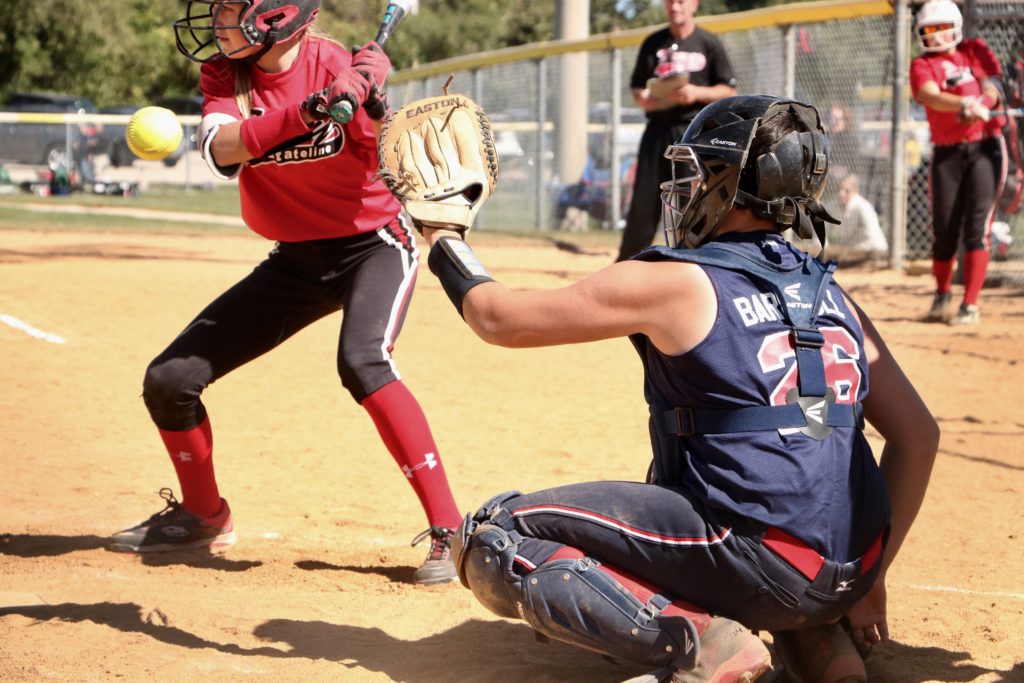Elite performance is fast-paced. Winning and losing can be determined in just milliseconds.
Sports Vision is about being able to quickly process visual information and based on that information make accurate decisions to help make movement efficient, fluid and elite. Vision also plays a huge part in an athletes balance, body awareness, speed and power.
Eighty percent of all sensory information comes from sight. Mastering visual skills, including peripheral vision, eye-hand coordination, spatial awareness, and depth perception, can significantly enhance an athlete’s performance. To optimize health and performance it is vital to have superior visual skills.
Poor vision can lead to problems from posture, pain, movement issues, reading comprehension and even emotional states. Great vision may be the most important factor in the difference from an average athlete and a great performer in virtually every sport. Vision and eyesight are not the same. 20/20 eyesight is not enough! It is only the beginning.
Vision goes beyond eyesight. Vision is taking incoming information, processing it and understanding what is seen. Vision is a dynamic and powerful system that often determines ultimate success. Vision is a learned trainable skill. These visual skills are essential for excelling in sports and life. Interference in the visual system can limit an athlete’s ability to reach their maximum potential.
Since vision is the highest prioity sensory input system we must regularly challenge our vision skills or they will degrade .
There are 4 main visual skills to focus on for improving athletic vision:
- Visual Resolution: Can the athlete see it clearly both statically and dynamically?
- Depth Judgment: In relation to everything around it can the athlete tell where a target is?
- Eye Movements: Can the athlete and shift between targets follow a target while still seeing them clearly?
- Peripheral Awareness: How well and how much can the athlete see what they are not looking at?
Peripheral Vision may be the most important visual skill for sports performance. Athletes usually have a larger extent of both horizontal and vertical visual fields than non-athletes. Along with larger peripheral fields athletes also normally have the ability to recognize forms or figures in peripheral vision than non-athletes. Peripheral vision also helps an individual to maintain an accurate head position. As a result, with lower peripheral field capacity, the accuracy of head movement and positional control decreases which significantly degrades balance.
The final question to ask about an athlete’s visual skill set is:
How much and how well can they see what they are not looking at?
Learn about Dynavision D2 the specialized machine XCEED Sports Performance uses to improve visual, cognitive and motor function of high performance athletes by clicking here!
